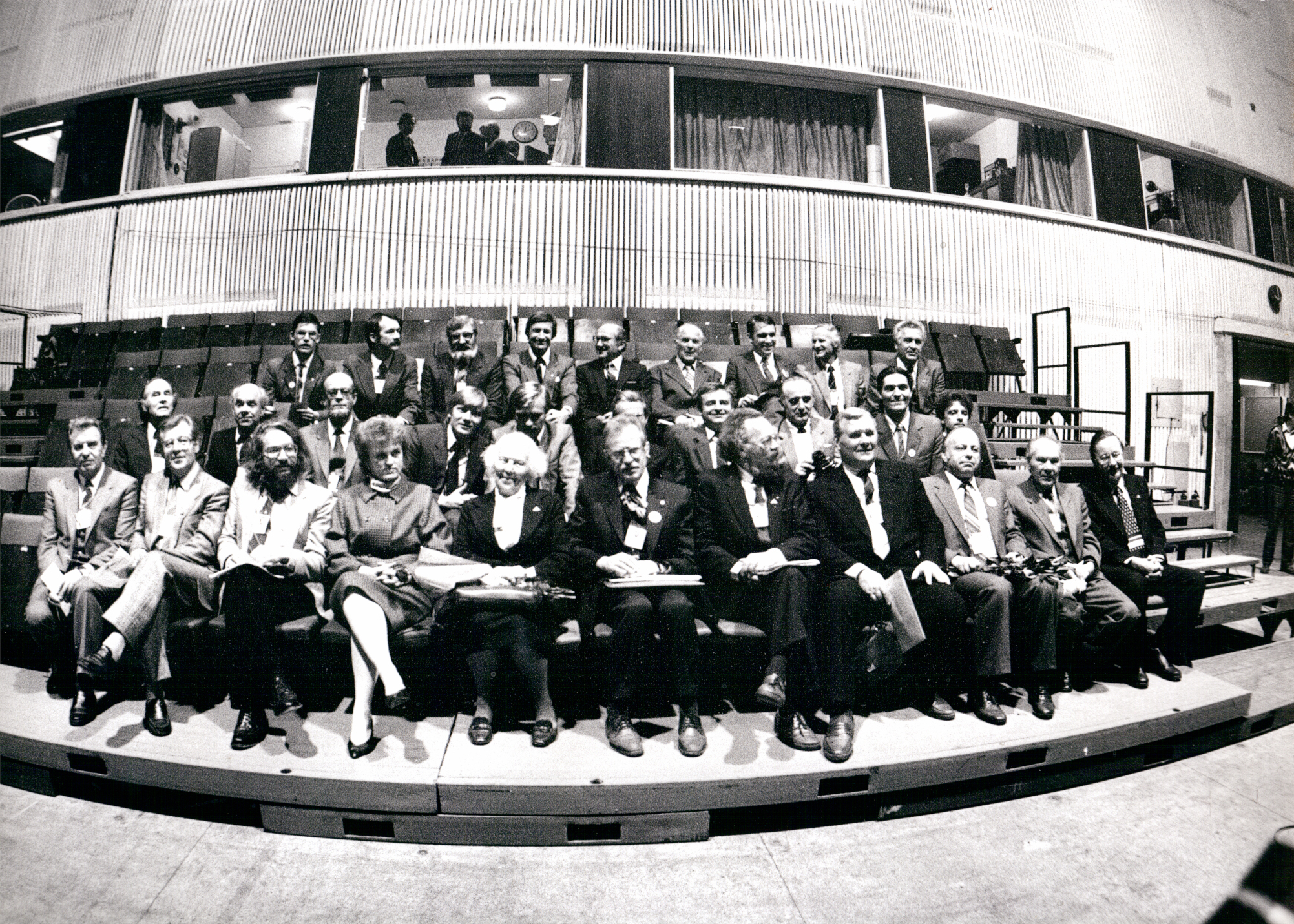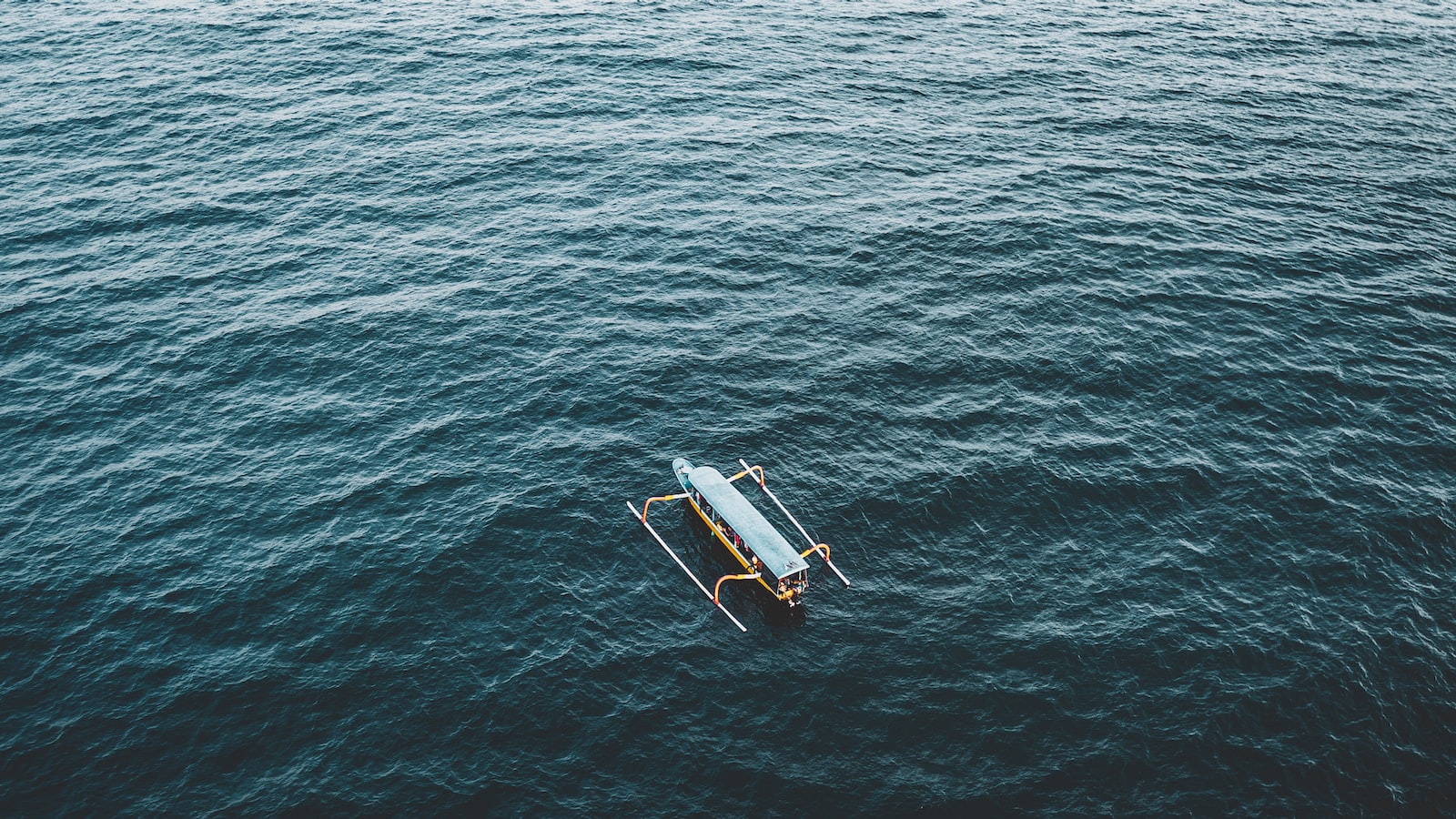In the quiet corners of the Baltic region, amidst the rolling landscapes of lush green meadows and majestic pine forests, a once-slumbering spirit arose like a phoenix from the ashes. A nation long under the heavy shroud of oppression, Lithuania, was about to experience an extraordinary awakening that would shape its destiny for generations to come. This is the captivating tale of the Sąjūdis Movement, an indomitable force that dared to challenge the iron fist of the Soviet regime and ignite a flame of change that would burn brightly throughout the land. Join us on an enchanting journey as we delve into the remarkable story of Lithuania’s awakening and the courageous souls who dared to dream of freedom.
Sąjūdis Movement: A Catalyst for Change in Lithuania’s Independence Struggle
The Sąjūdis Movement served as a powerful and transformative force during Lithuania’s struggle for independence from the Soviet Union. Emerging in the late 1980s, this grassroots organization quickly gained momentum and united people from all walks of life who were determined to break free from the oppressive regime. Led by intellectuals, artists, and civil society activists, Sąjūdis became a symbol of hope, paving the way for political, social, and cultural changes that would shape the course of Lithuania’s future.
At its core, the movement aimed to challenge the Soviet rule and advocate for human rights, democratization, and self-determination. Here are key aspects that made the Sąjūdis Movement an influential catalyst:
- Mobilization: Sąjūdis effectively mobilized the masses and encouraged people to actively participate in political and social actions. It galvanized individuals through rallies, protests, and discussions, cultivating a shared sense of purpose and unity.
- Nonviolent Resistance: With an unwavering commitment to nonviolent methods, the movement emphasized the power of peaceful protest as a means to challenge the Soviet regime. This approach garnered international attention and support, strengthening Lithuania’s position on the global stage.
- Cultural Awakening: Sąjūdis sparked a cultural renaissance, embracing and revitalizing Lithuania’s heritage, language, and traditions. Through artistic expressions, festivals, and publications, it revived national identity and instilled a sense of pride among Lithuanians.
The Sąjūdis Movement’s enduring legacy lies not only in Lithuania’s successful struggle for independence but also in the profound impact it had on shaping the nation’s identity and future trajectory. It remains a poignant reminder of the power of collective action and the unyielding spirit of those who strive for freedom.
From Grassroots Activism to a Nationwide Awakening: Unraveling the Sąjūdis Movement
The Sąjūdis Movement, a seminal episode in the history of Lithuania, emerged as a powerful force for change that reshaped the nation’s destiny. Born out of the depths of societal discontent and a yearning for self-determination, this movement became the catalyst for Lithuania’s journey towards independence from Soviet rule. The Sąjūdis Movement, characterized by its grassroots nature and unwavering determination, quickly gained momentum, capturing the hearts and minds of millions across the nation.
The vitality of the Sąjūdis Movement stemmed from its ability to unite diverse factions under common ideals of freedom, democracy, and national pride. Through a series of nonviolent protests, rallies, and civil disobedience acts, the movement shed light on the injustices endured by the Lithuanian people and served as a palpable expression of their collective frustration. With their unwavering resolve and contagious spirit, Sąjūdis activists effectively mobilized the nation, generating an energy that reverberated from Vilnius to the smallest Lithuanian village, awakening a sense of solidarity that had long been suppressed.
- Grassroots activism brought people from all walks of life together, transcending social barriers and forging a shared purpose.
- Public awareness campaigns utilizing artistic expressions, such as paintings and poetry, became powerful tools in spreading the message of Sąjūdis.
- Students played a pivotal role in organizing strikes and rallies, injecting youthful fervor and idealism into a movement that demanded change.
As Lithuania’s struggle intensified, the Sąjūdis Movement became a symbol of hope, resilience, and national awakening. It ignited a flame within not only the Lithuanian people but also drew international attention, garnering support and solidarity from nations around the globe. The Sąjūdis Movement would ultimately leave an indelible mark on the course of Lithuania’s history, serving as a testament to the power of people coming together to challenge oppression and fight for their right to determine their own destiny.

The Legacy of Sąjūdis: Lessons from Lithuania’s Path to Independence
The Spirit of Unity:
One of the most remarkable aspects of Lithuania’s path to independence was the unwavering spirit of unity embodied by the Sąjūdis movement. During the late 1980s, Lithuania, along with the entire Soviet Union, was going through a period of immense political and social change. Sąjūdis, meaning “movement” in Lithuanian, emerged as a powerful force advocating for Lithuania’s independence from the Soviet Union. The movement brought together people from different backgrounds, affiliations, and generations, united by a shared goal of sovereignty. This exceptional sense of unity demonstrated the incredible power of collective action and fervent national pride, serving as an inspiration for future generations striving for freedom and self-determination.
The Significance of Nonviolence:
Another crucial lesson from Lithuania’s path to independence is the remarkable effectiveness of nonviolent resistance. Rather than resorting to armed conflict, the Sąjūdis movement emphasized peaceful protests, strikes, and mass demonstrations as a means to challenge Soviet rule. This commitment to nonviolence not only ensured the safety of the participants but also prevented unnecessary bloodshed and destruction. By choosing nonviolence, the movement garnered international sympathy and support, ultimately weakening the Soviet Union’s grip on Lithuania and accelerating the country’s journey towards independence. This powerful example serves as a reminder that peaceful methods of resistance can achieve remarkable results, even in the face of seemingly insurmountable opposition.

Nurturing Democratic Values: Embracing the Spirit of Sąjūdis for Future Progress
As we navigate the ever-evolving landscape of democracy, it is crucial that we reflect on the past while striving for a brighter future. Sąjūdis, the Lithuanian political movement that played a pivotal role in achieving independence from the Soviet Union, continues to inspire us with its unwavering commitment to democratic values. By embracing the spirit of Sąjūdis, we can foster a society rooted in inclusivity, transparency, and equal opportunities for all.
At the heart of Sąjūdis lies the recognition of the power of unity. Just as this movement united people from diverse backgrounds, we must embrace collaboration and respect differing opinions to build a stronger democracy. By engaging in open and productive dialogue, we can overcome the challenges that lie ahead, cultivating an environment that encourages active citizenship and participation. This means listening to the voices of marginalized communities and ensuring their representation, as diversity is the cornerstone of a thriving democracy.
Closing Remarks
As the sun sets on the dynamic history of Lithuania, the rise of the Sąjūdis movement illuminates the indomitable spirit of a nation awakening from a deep slumber. Through the corridors of time, this seismic movement echoes as a symphony of voices united by an unyielding desire for freedom, justice, and national pride.
With the dawn of the late 1980s, the Lithuanian landscape brimmed with a palpable restlessness. Yearning for a future untethered from the shackles of Soviet oppression, the Sąjūdis movement emerged from the depths of ordinary hearts, awakening a nation stifled by half a century of occupation. Like dormant embers, Lithuanians yearned to ignite the flicker of an independent identity, Fanaticism their resolve, unity their beacon.
Under the steadfast leadership of intellectuals, artists, and visionaries, the Sąjūdis movement rallied the nation with a chorus of revitalized hope. Public squares, teeming with vibrant energy, transformed into forums of dissent, for the first time in decades. Individuals from all walks of life stood shoulder to shoulder, their hearts beating in unison, their voices demanding liberation from Soviet puppet strings. An eruption of art, music, and literature permeated the streets, suffusing the very air with passion, and reinforcing the burgeoning Lithuanian identity.
This awakening found its voice in the eloquence of Vytautas Landsbergis, whose unwavering commitment to justice and democracy breathed life into the Sąjūdis movement. His words, like coursing rivers, revitalized hearts and minds, beckoning Lithuania to embrace its fate with unwavering resolve. Like an alchemist, Landsbergis transformed dormant silence into resounding symphonies of freedom.
In the hallways of power, the whip of change began to crack, sending shockwaves throughout the Soviet Union. The Baltic Way, a human chain stretching across Lithuania, Latvia, and Estonia, bore witness to the strength and unity of the Lithuanian people. With joined hands, they marched forward, unyielding in their pursuit of independence, a powerful reminder to the world of the latent power embedded within a nation’s core.
Through the tumultuous chaos of political reform and daunting negotiations, the Sąjūdis movement carved its name indelibly into the tapestry of Lithuanian history. In 1990, the ephemeral dream of independence became a resolute reality. Lithuania, the Sleeping Beauty, finally rose from the depths of her enforced slumber, her awakening marked by the tricolored flags of freedom fluttering against a cerulean sky.
Today, as we gaze upon a Lithuania emancipated by the Sąjūdis movement, we uncover a nation steeled by its tumultuous past. Its spirit, unquenchable, roams the same ancient lands that bore witness to this miraculous awakening. The Sąjūdis movement, forever woven into the fabric of Lithuania, serves as a testament to the power of unity, resilience, and the enduring triumph of the human spirit.

